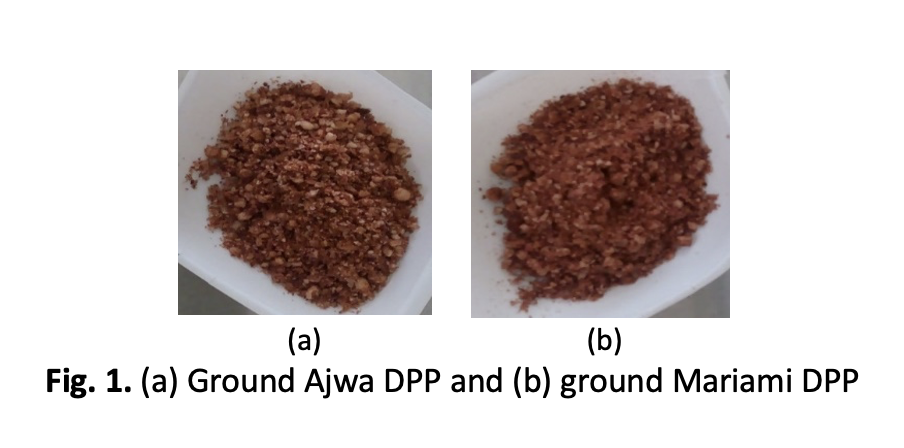Multi-Nutrient Milk Quality Analysis Applying Chemometrics: A Supplementation-based Approach using Dairy Goats
DOI:
https://doi.org/10.37934/araset.28.3.123143Keywords:
PCA, PLS, milk quality, supplementation, food security and sustainabilityAbstract
Date pits (DP) are discarded as agricultural waste by-products and used in animals’ supplementation. Data on multi-nutrient milk analysis is still less published to understand the effects of supplementation. Therefore, this research was done to evaluate the effect of DP powder (DPP) cultivars as supplementation on milk yield and quality to lactating Saanen-Boer crossed bred goats for a 12-week trial and to analyse the parameters using chemometrics. The analyses include milk yield, crude protein, fat, lactose and total phenolic content (TPC). The goats (n=24) were grouped into 12 designated cubicles and goats fed with normal daily rations, served as control. Several doses of DPP supplementations were administered against the control. Milk yield was significantly (p < 0.05) affected by DPP cultivars and doses. Significant (p < 0.05) increase in milk yield was registered for goats fed with A20 (59.52%) and M30 (28.24%), respectively compared to control. However, the crude protein (2.71 – 4.33%), fat (2.69 – 5.55%), lactose (4.52 – 9.66 mM) and TPC (0.14 – 0.42 mg/g) of the milk were not affected (p > 0.05) by the cultivar and dose. 3D PCA of the significant highest milk yield (A20 and M30) compared to the control focusing on combination of milk yield, crude protein, fat and TPC was obviously clustered. Hence, milk quality analyses via a multi-nutrient chemometric approach could be a comprehensive method in determining milk as food for food security and sustainability.
Downloads





























